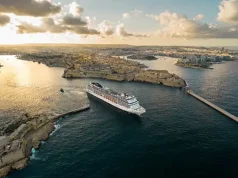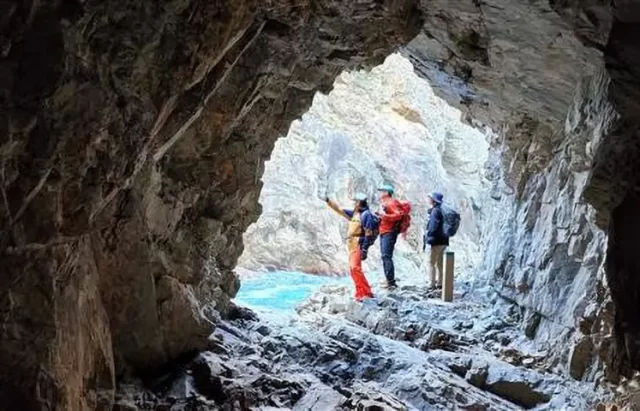
Japan’s largest cities are nothing short of marvels, drawing tourists to some of the only places in the world where futuristic high-rises share the streets with wooden shrines and sliding-door eateries. By now, the appeal of each of these urban centers is well-documented: ultramodern Tokyo showcases the depth of Japan’s culture, history, and architecture, Osaka’s Dotonbori district is the nation’s foremost street food destination, and remote Sapporo is a winter activity gateway beloved by beer enthusiasts.
For as much as there is to discover (and fall in love with) in these well-travelled metropolises, the most authentic taste of Japan awaits in the 70% of the country that lies beyond the cities. Blanketed by forests, mountains, and coastlines, Japan is one of the world’s greenest destinations and a leader in sustainable nature tourism. Visitors can stay in low carbon footprint traditional accommodations and experience a diverse range of hiking, cycling, pilgrimages, rafting, canyoning, kayaking and diving in beautiful natural settings like nowhere else in the world.
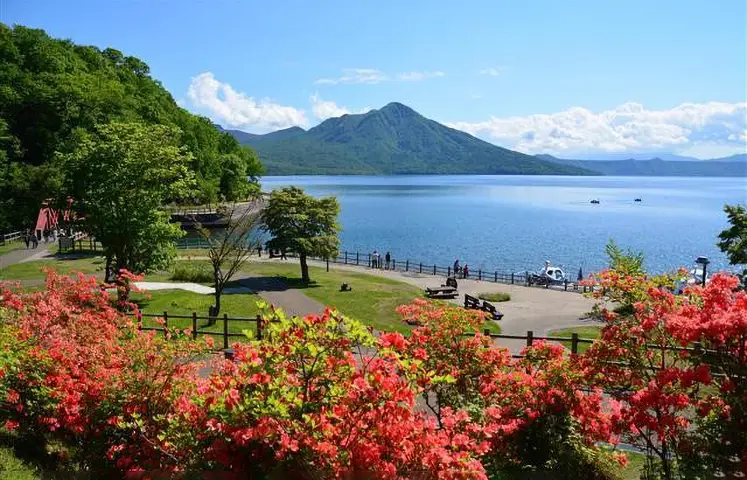
Heaven for a kayaker! Lake Shikotsu in Shikotsu-Toya National Park, Hokkaido is the northernmost ice-free lake in Japan. The water here is considered the cleanest in the country. Due to its clarity, the lake is like glass, enabling beautiful visibility all the way to of the lake floor, and creating spectacular, mirror-like reflections of the mountains and trees that encircle it. Just imagine fishing for sockeye salmon here amongst the blooming flowers of spring or the changing leaves of autumn.
The Michinoku Coastal Trail officially opened in 2019. Trails stretch 900 km along the northeastern coast of Tohoku between Hachinohe, Aomori and Soma, Fukushima. Visitors bask in the unspoiled vistas along rugged cliffs, sandy beaches, lush woodlands, and quiet fishing villages. In addition to the pristine nature, travellers here are inspired by the stories of those they meet who tell of the earthquake and tsunami that swept through over a decade ago, and the incredible recovery that followed. In the calm of the day, it’s hard to believe.
The Picchio Wildlife Research Center in the resort town of Karuizawa is only an hour away from Tokyo by train but feels like a world away. This region of diverse ecosystems, within the majesty of the Japanese wilderness, is home to a wide range of flora and fauna. Take an eco-friendly, sustainability-focused adventure tour here and you will spot the elusive animals through the trees: from Japanese macaques to Asiatic black bears. The experience is profound, and the education programs and habitat management projects have won the Center numerous awards for Responsible Tourism.
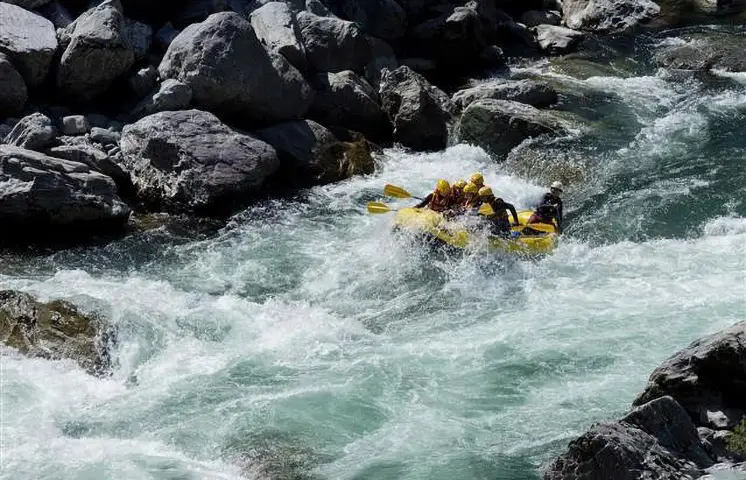
The rush never ends! River rafting in Japan is absolutely exhilarating. Since Japan is so mountainous, rivers roar into the valleys. Gunma Prefecture has long been lauded for forest bathing and hot springs, but is also becoming known for rafting along Minakami’s Tone River, considered one of Japan’s “three greatest rivers.” Combining rafting and canyoning here is an unforgettable experience that will likely be the most invigorating day of your life.
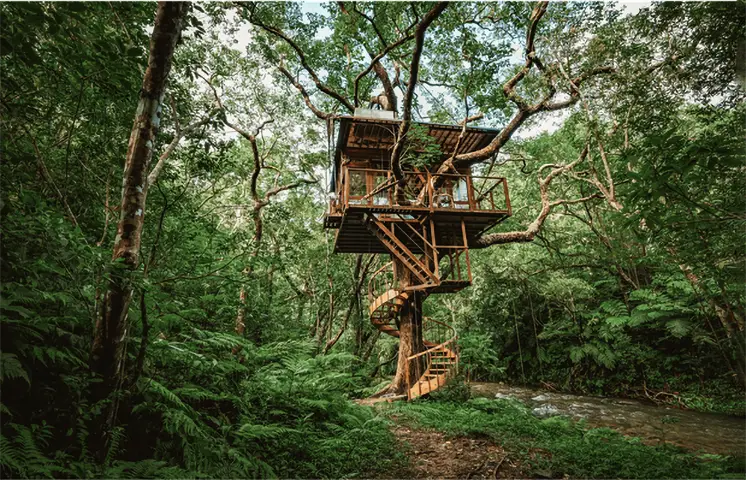
Have you ever spent a night in a tree house? The Treeful Treehouse in Yanbaru National Park, Okinawa offers a wooden cabin high above the ground, situated snugly in the trees. The tree house itself is carbon negative. Only solar power is used for energy, and goats are employed to maintain the grounds by chewing up the grass. Wake up to the therapeutic air of the trees, and then ride an 8-wheeler vehicle up a steep hill for awe-inspiring views. After lunch and a swim at Shizogumui waterfall, trek down to the ocean and admire the sea turtles. This is like a Robinson Crusoe paradise. Japan continues to become more eco-friendly and increasing options for where to stay, where to dine, and what to do have opened up a new world of exciting travel opportunities that re-assert Japan as a premier world travel destination.




